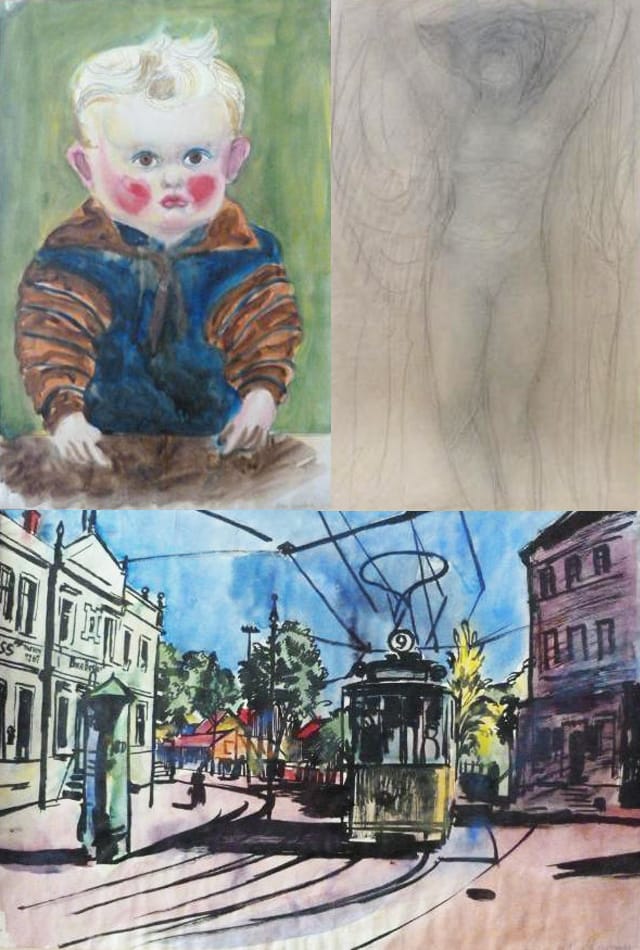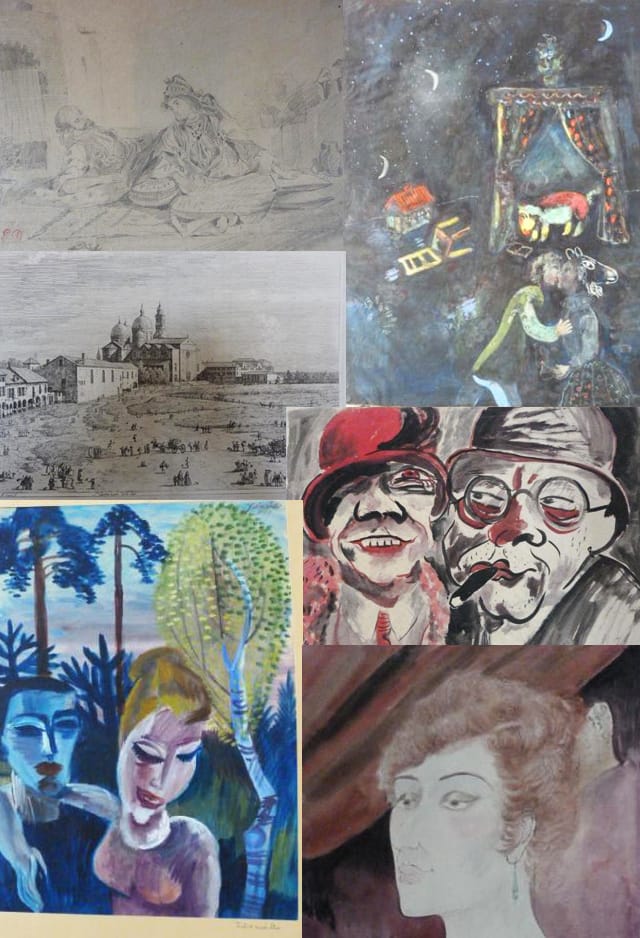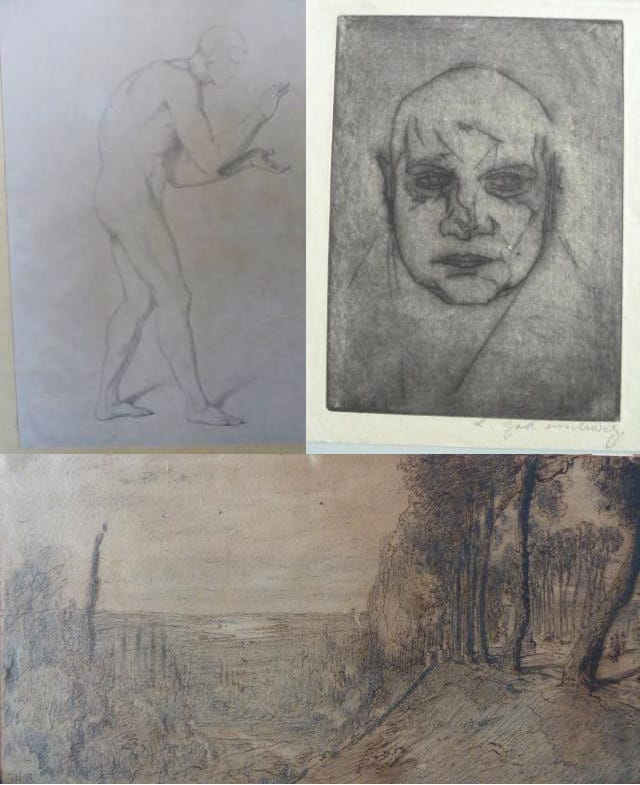See 25 Artworks from Newly Discovered Nazi-era Art Stash
In an about-face, the German government announced Monday a new, accelerated policy for the 1,406 paintings discovered in a 2011 raid on Cornelius Gurlitt's Munich apartment, promising a task force and a speedy release of information about the cache.

In an about-face, the German government announced Monday a new, accelerated policy for the 1,406 paintings discovered in a 2011 raid on Cornelius Gurlitt’s Munich apartment, promising a task force and a speedy release of information about the cache. Thus far disclosures from German authorities have been scarce, a source of much criticism from certain camps. Still many were surprised when the government published a list of titles and artists for 25 works in addition to the release of accompanying photographs on Lost Art. The internet promptly besieged the site. According the Guardian: “No one was expecting such a storm of demand,” said a culture ministry spokesman after visitors had difficulties accessing the site. “The server was overwhelmed by the massive demand. The only thing to do is wait.”
Established by the 1998 Washington Declaration, The Lost Art website was founded to facilitate the identification and repatriation of looted WWII art. Reports vary on the total number of works from the collection believed to be confiscated, stolen or looted — again, according to the Guardian as many “970 of the works were believed to have been confiscated, stolen or looted by the Nazis.” It’s highly possibly that as many as all these 970 flagged works may eventually appear in public, released to the world through Lost Art‘s digital gates.
In the meantime, 22 further paintings were seized over the weekend from an apartment in Stuttgart, its occupant believed to be a relative of Mr. Gurlitt.
We’ve assembled here the images of the 25 artworks released so far, some lightly cropped and edited for clarity — the vintage webcam and X Games camera angling the German government seems to be employing to document the recovered works leaves much to be desired.









